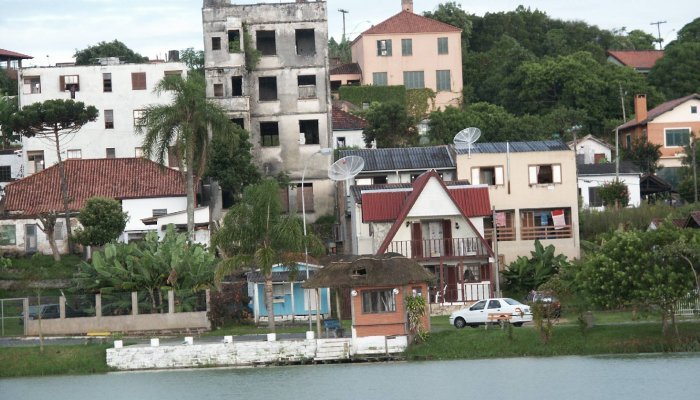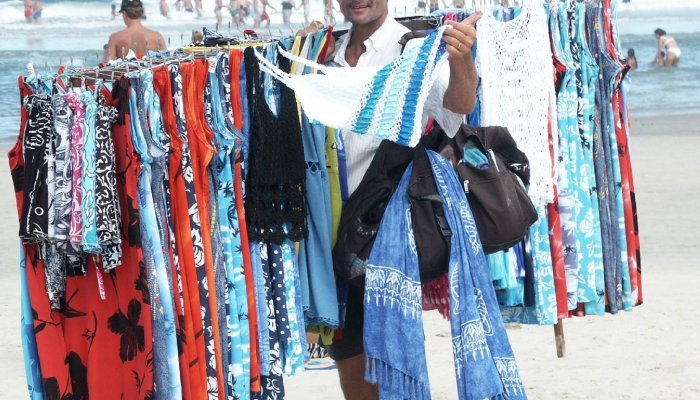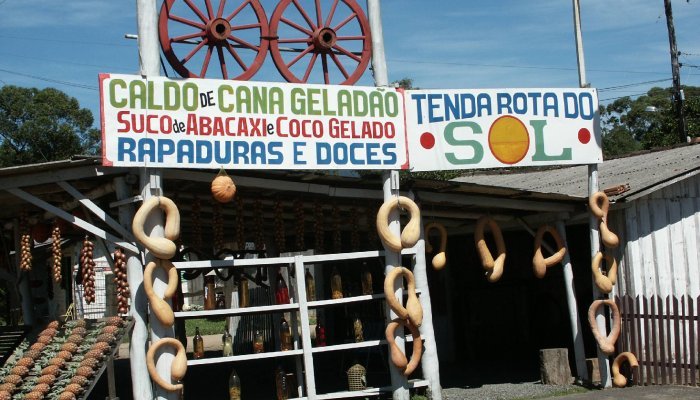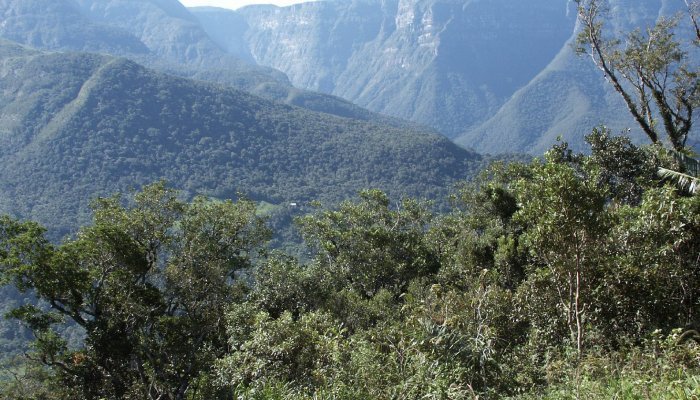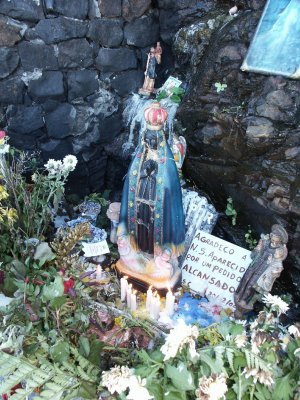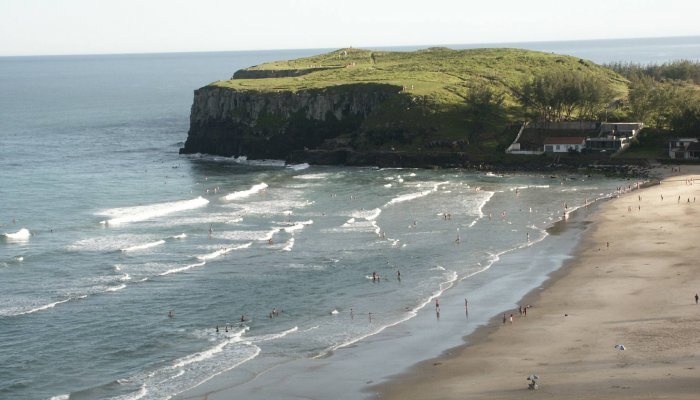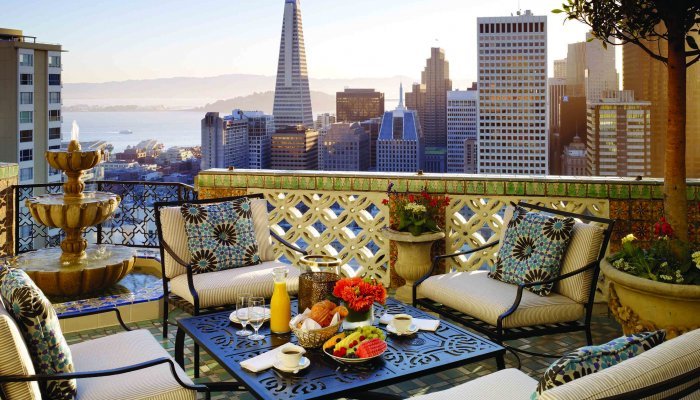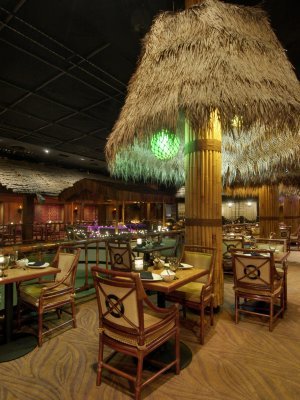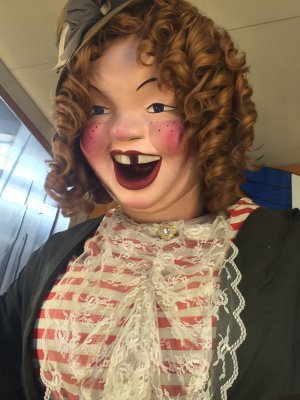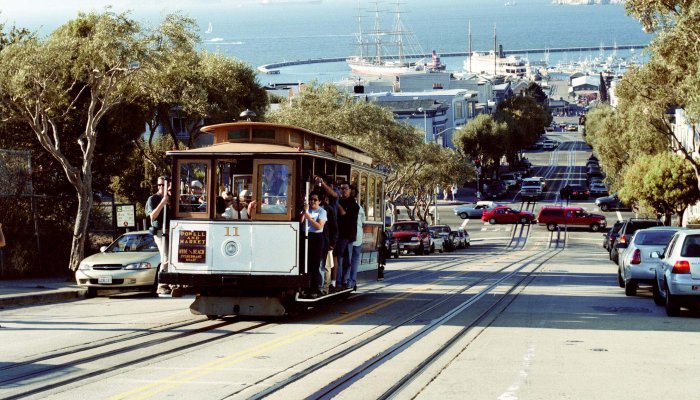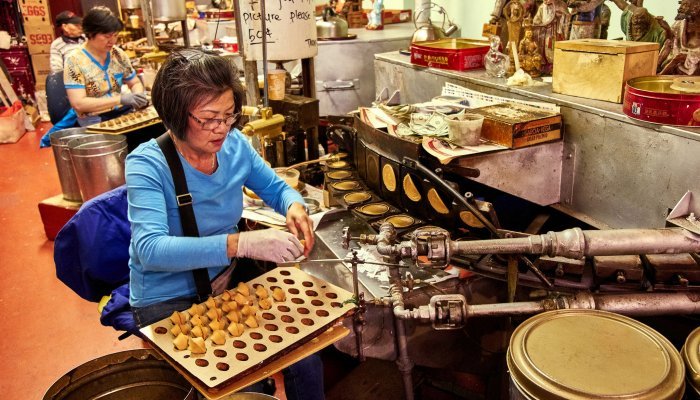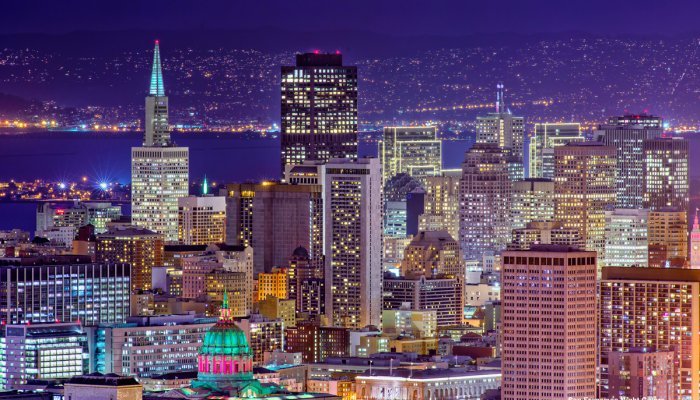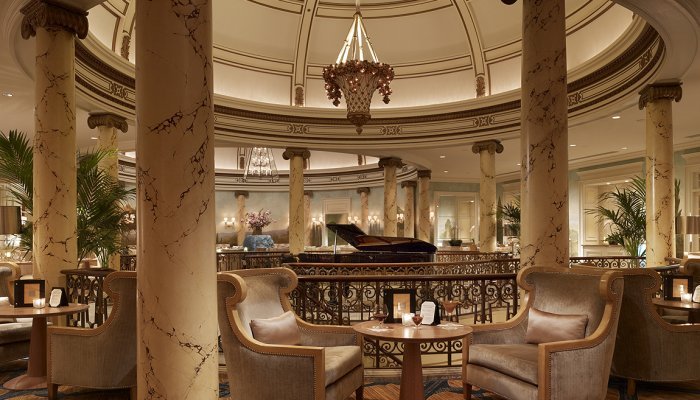Seeking the kingdom of suntanned revelers, my husband and I hire a car in Porto Alegre, Rio Grande do Sul’s capital, and head northeast for Torres, on the Atlantic Coast’s Litoral Gaúcho, passing dozing farmsteads, and stalls selling contorted butternuts aka abobora. From the 20th floor of our self-catering apartment, a line of surf caresses the reclining belly of the Praia Grande beach where local folk prance about in G-strings irrespective of age or sex. We stick out like … well, Gringos on a Brazilian beach.
We spend our days catching waves and the ice-cream vendor’s eye, washing down grilled salmon with cold Kaiser beers and Aqua de Coco. In the evenings we drink champagne on our balcony, count star constellations, and fall asleep to the lullaby of breaking waves.
We watch the sun rise over the Atlantic and, as the orange sky turns blue, we walk towards the Morro do Farol lighthouse. We cross a sweep of sand draped around the shoulders of a bay until we reach the Parque Estadual da Guarita, where cliffs offer superb views down the coast that stretches all the way to Uruguay.
On our return, we stop at a grotto. Flowers, candles, and black Madonnas adorn the rock face above a small pool where believers queue to fill plastic containers. Just one swallow of the holy water severely unsettles my stomach.
After a long night on the bathroom tiles, I beg to return our base in Porto Alegre, founded in 1755 as a Portuguese garrison. The city lies on the eastern bank of the Rio Guaiba, where five converging rivers form a giant lagoon navigable by huge ships.
Keen to show me more of the country, my husband chooses an inland route. Passing dunes knitted together by tough grasses, we turn left and bounce along a dirt track that plunges into dense jungle until a few shacks are the only signs of civilization.
We press on regardless until Pete admits he has no idea where we are. No matter, the views are spectacular: tumbling waterfalls, thickets of palm, huge hydrangea bushes, pampas, and arboreal mountains. After three hours, we emerge at the village of Campara Do Sul, in the opposite direction to Porto Alegre.
Thanks to our rudimentary Portuguese and some gesticulating locals, we turn back on a tarred road for Taquara, marveling as mountains and jungle give way to sprawling cattle farms with colonial homesteads and sleek horses. Brazil's cowboys, the vaqueros, live here.
Two more hours and we hit rush hour Porto Alegre where we have to crawl through the red light district to get to our hotel. Prostitutes pace the streets like fat-bottomed beasts in an urban zoo. A tall gender-bender in black thigh boots and leather corset brandishes a riding crop. We don’t stop. We see fire-eaters, jugglers, beggars, and a street brawl. Outside the bar areas, the ground is slippery with spilt beer dregs. Brazilian women believe if they finish their drink they’ll end up on the shelf.
By day, (while my husband works) I explore markets that sell everything from crafts to voodoo spells on how to win a man’s affections. Write his name on paper; wrap it around a chicken heart and set it alight. Mix the ashes with perfume and use the liquid to water a rosebush. Er, não, obrigada. But to blend in with the locals I buy a pink ribbon to tie around my wrist. The “blessed” ribbon grants the wearer a wish but you have to wear it until your desire manifests. I make a wish to return to Porte Alegre during their September Semana Farroupilha festival when traditional dancers and singers take to the streets, but my ribbon falls off on the way home, so who knows?


